Social proof plays a major role in your customers’ purchase decisions.
Customers book hotels based on the reviews they read, they try new restaurants based on how many people they see inside, and they buy products based on the testimonials they’ve read.
Even when people are impressed by your products and services, they almost always look at the actions of others to guide their decision-making process.
As a marketer, when you understand how social proof works and figure out how to work it into your campaigns, it’s easier for you to inspire customers to take action.
In this guide, we’re going to take a deep dive into how social proof works and give you everything you need to create winning campaigns. using social proof in your ads.
Let’s get started!
Do you sometimes wonder why customers pick your competitors over you?
Do you feel like you do everything “right” – the traffic, the content, the user experience…but they still prefer to buy from someone else?
The reason is simple: social proof.
What You Need To Know About Social Proof Marketing
Since this post was first published, in 2016, quite a few things have changed in the social media universe.
That’s why we decided to expand and refresh it, include even more background and tactics to maximize the effect of social proof in your marketing.
If you want to know:
- What social proof is and why your business needs it
- How to use social proof to reinforce trust in your brand
- The psychology behind why we conform and how to use it to convince customers to buy from you
- The “scientific” effect that social proof marketing has on your sales and conversions (Yeah, we run an experiment to give you real data.) 😎
- How to fake social proof to build credibility when you’re a new brand
- The four main types of social proof, where to use them, and how they affect buyers
- How companies are using social proof (with real ads examples)
- What to keep in mind when planning and executing social proof marketing campaigns
then take your time, grab some coffe and keep reading!
Specifically, in this update, we give more details into how to create credibility with social proof when you’re just starting out and offer up lots of examples on what companies are doing to convince customers to choose them over the competition.
Who Should Use Social Proof in Their Marketing
Every digital marketer who wants to achieve great results, of course!
Specifically, this guide is for:
E-commerce and SaaS product owners
If your online sales are lower than expected, social proof helps you build trust in your store, products, and services. This guide will show you how to create campaigns that get more of your target audience to convert and buy.
Advertisers
If every ad you run fails to convince users to buy your product, this guide will show you how to grab your prospects’ attention and convince them to choose your brand over the competition.
Agencies
If you want to improve the effectiveness of client campaigns, this guide will show you how to improve campaign performance by incorporating social proof into your clients’ marketing strategies.
Ready? But before diggin in…
The Free Guide To Mastering Social Proof
Do you want even more valuable insights into how social proof works, the different types of proof you can use, and how to plan campaigns that get noticed?
With our free guide, you will learn the secrets to building trust, validate the buying decision, and simplify the decision-making process to finally get the customers you deserve!
Inside this 100% free eBook you’ll find:
- How Social Proof Works – Overview
- The Most Common Types of Social Proof
- Real-Life Case Studies, Landing Pages, and Ads
- Using Endorsements from Friends, Customers, and Influencers
- Common Social Proof Mistakes You Can’t Afford To Make
- Engagement and Ads Analysis Based On Real Data
And much much more.
We don’t just show you how to use social proof – we give you a complete guide on mastering it. Actionable advice, real-life examples, and in-depth case studies…
Download the guide for free
and learn how to master the art (and science) of social proof marketing, now!
And now, let’s dig in, for real!
What Is Social Proof Marketing?
Social proof is the idea that customers make their purchase decisions based on what other people have to say.
As a result, you see websites that show the numbers of customers who’ve purchased products:
Or you see ratings and reviews individual products have received:
You might have even noticed software companies showcasing the number of active users or signups they have:
There are also companies that encourage their audience to sign up for their email list by showing the number of subscribers already on the list:

By showing the number of current customers, subscribers, reviewers, and more, businesses make it easier for customers to see what other people think.
In doing so, companies are able to establish a level of trust with new customers and reinforce their own credibility as a brand.
The Psychology Behind Social Proof
People are pack animals. Deep down inside, we’re influenced by the opinions, choices, and actions of the people around us. At the heart of social proof is a desire to not “stand out” or go against the norm, and to conform to the behaviors around us. This drive is so strong it can even go against what we know is right.
Have you ever been in a conversation where you were the only one who didn’t agree with a point that was made? Did you speak up? If not, this is an example of conforming to fit in with the people around us.
This idea was tested by Friedrich Nietzsche, a German philosopher who discussed the idea of “Herd Morality.” It’s the idea that people occasionally set aside their views and default to living by group instincts. When we look at real-world examples, it’s easy to see why this thinking makes sense.
We simply assume that if the majority of people are doing something, have done something or believe in something, there must be a good reason why.
And so…we conform.
Your Business Needs Social Proof Marketing in Order to Thrive
Social proof is part of almost every successful marketing campaign.
Let’s look at an example of a campaign that used social proof to get on the radar of potential customers and then convert them.
The Genius Blogger’s Toolkit is a combo pack for bloggers offered once a year at a deeply discounted price. When each product in the bundle is purchased individually, customers can expect to spend somewhere in the neighborhood of $5,800. Instead, the Genius Blogger’s Toolkit gives the audience the chance to buy all of these products at once — with a 98% discount — for only $97.

For example, they ran an email campaign to remind people about the bundle’s benefits (above), including case studies of past customers (below):
On the company’s website, there were callouts highlighting how many happy customers there have been:
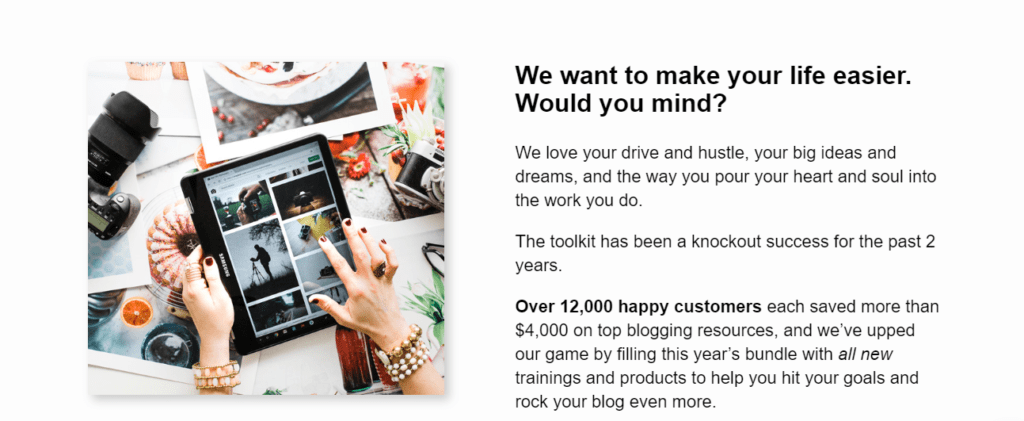
At the very bottom of the landing page, there was a clear call to action.

To replicate these results in your next campaign, use social proof at every customer touch point — like email or your landing page.
3 Things Social Proof Can Do For Your Business
The strategy of incorporating social proof throughout a marketing campaign has allowed many startups and small brands to grow in popularity and experience thriving sales.
In particular, several case studies show that Social Proof is extremely important to:
- Build trust
- Add credibility
- Validate and simplify your customers’ buying decision
Let’s take a closer look at how these factors work.
#1. Social Proof Builds Trust and Credibility
People trust other consumers more than they trust marketers.
No matter what arguments you’re going to use on your landing page, website or ads, your prospects will still believe your other customers more than you. For example, prospects are more likely to believe a customer testimonial or product review than your polished marketing copy.
If you’ve ever launched a new product or a company, then you know how hard it is to convince others to try your product or book your service without any proof of how it’s helped others. Prospects don’t know if your product works, if it’ll meet their needs or even its quality.
Social proof, like reviews, testimonials or even the number of sales to date, show that other people have taken the leap and chosen you to help solve a problem.
#2. Social proof helps to validate the buying decision
Social proof makes it clear that buying a particular product will help customers emulate the traits they admire in their idols.
Think about how popular Beats headphones are — Apple bought the brand for over $3 billion in 2015. Celebrities wear them everywhere and more customers are buying them in the hopes of creating the same kind of prestige they believe celebrities possess.
#3. Social proof simplifies decision-making
People aren’t always the best at making decisions. We have so many options to choose from that we suffer from decision paralysis. Social proof provides a safe path of least resistance that we can follow without thinking about it.
As an example, a hotel saw a spike of 33% in reused towels after management started leaving information cards in guest rooms. The cards simply read “75% of customers who stayed in this room reused their towels.”
Here’s a great overview of how this strategy worked (watch around the 9: 00-minute mark).
In another example geared towards restaurants, a research by Duke University proved that describing a particular dish as the most popular on the menu increases its sales by 13-20%.
In another example, Opower, a Greentech company, saw an 80% response rate to emails and 500 million kilowatt hours saved after it started sharing how a home’s electricity use compares to their neighbors.
AdEspresso’s Social Proof Marketing Experiment
To test the impact of social proof on business, we ran two ad campaigns:
- One invited people to join our newsletter.
- One asked people to download an eBook.
In both campaigns we used three different ad creatives:
- One included a rounded number as a way to show social proof.
- One showed an exact number.
- The final ad featured no social proof whatsoever.
Here’s the creative for both campaigns.
The Newsletter Campaign with “rounded” Social Proof number (community of over 35,000 marketers).
The Newsletter Campaign with “exact” Social Proof number (community of 37, 238 marketers)
The Newsletter Campaign with no Social Proof
The “eBook Download” Campaign:
The eBook download Campaign with “rounded” Social Proof number (15,000+ downloads in 2 months)
The eBook download Campaign with “exact” Social Proof number (17,348+ downloads in 2 months)
The eBook download Campaign with no Social Proof
We spent an average of $100 for each ad, and we found that ads with social proof generated a lower cost per lead than the ad without any social proof.
The “Newsletter” Campaign – Cost per Lead:
- Ad with exact social proof: $1.97
- Ad with 35,000+: $2.20
- Ad with no social proof: $2.48
The “eBook Download” Campaign – Cost per Lead:
- Ad with 15,000+ : $1.57
- Ad with exact social proof: $1.74
- Ad with no social proof: $2.06
Thought the data isn’t conclusive on whether rounded social proof or an exact number works best, the results still give an interesting perspective on the effect of incorporating social proof into marketing campaigns.
How to Fake Social Proof to Build Credibility
At first glance, it seems like social proof only works for bigger, well-known brands. After all, people stick with what they know — even if it’s not very good.
For example, does Goodyear create the best tires? Probably not. Does Starbucks sell the best coffee? Not likely.
These brands have become mainstays in the minds of consumers because these products are recognizable and they work, even if they’re not the best out there.
So what does this mean for your new product or service? It means building a business based on social proof is a little harder. No one’s watching you or knows who you are yet.
The good news is that there’s still hope.
Social proof can help you make people change their minds and choose to buy your product.
Here are five ways to fake social proof, build your credibility, and stand out as you grow your brand:
1. Piggyback third parties and get certified
We live in a digital age where businesses have access to vast amounts of information online. As a result, it might seem like certification doesn’t offer much in the way of meaningful benefits. But here’s the thing: while certification doesn’t have an obvious impact on you, potential customers see it as an indication of how knowledgeable you are of the industry.
For example, Google’s Analytics Academy offers four courses for marketers to choose from:

Google Analytics certification shows your audience that you know a thing or two about the technical side of doing business:
When you post certifications like this one on your website, you look legit—more experienced and more knowledgeable—in the eyes of the people who find you online. Plus, your personal certification could rub off on your entire brand, which is a bonus.
Another credible site like HubSpot, which is known for its wide array of inbound marketing and sales tools, offers a long list of certifications for you to choose from:

A certification, like the one below for learning the Inbound Methodology—a type of marketing pioneered by HubSpot—shows that you’re capable of working through complex marketing strategies:
Certifications are just the first step, of course. They’re a building block.
Do your homework because the good ones can open doors to working with people at the top of their game, like Michael Aagaard at Unbounce.
Then as you grow and make a name for yourself, you become one of the few select brands that larger, credible organizations want to work with and customers flock to.
2. Become a partner company
A step up from an individual certification is becoming a partner company.
You’re aligning your brand with one that’s bigger and further along in their journey than you are.
The good news is that many large companies offer partner program opportunities. For example, HubSpot offers three partner programs to choose from:
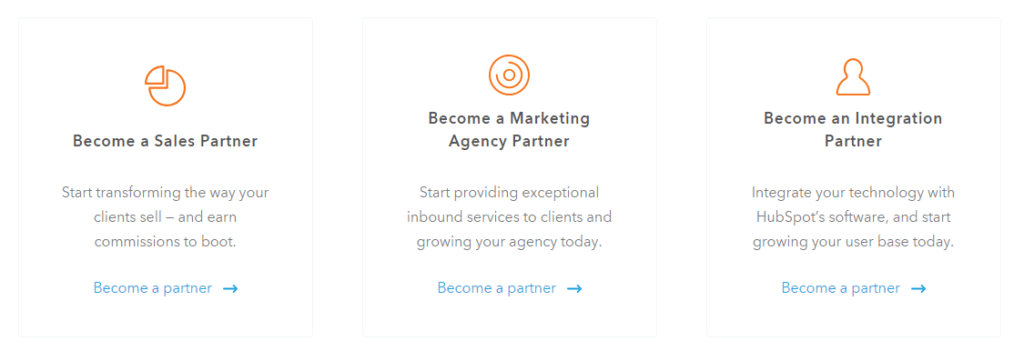
Keep in mind that most partner programs have tiers that allow you to move up. Getting to the top tier puts you with other companies that get extra attention and exposure. For example, other benefits include being featured in the partners’ newsletters and marketing campaigns, getting support from their experts, and being featured on their website.
Best of all? Many of the partners you’re aligning with can give you business.
For example, HubSpot gets 4.5 million visits to its blog a month. That means they get a lot of search traffic coming to the site. So HubSpot gives back by helping new visitors find HubSpot partners that meet their needs.
3. Write content for your niche
When you’re trying to build an audience and establish your credibility, you’ve probably been told to “Speak at conferences!” and “Get interviewed!”
This isn’t bad advice but the issue is, people don’t want to hear from speakers they don’t know. A better approach is for you to go out and interview well-known people instead.
Do you run a blog as part of your business? If you do, this is a prime opportunity to interview the best in the business.
Here’s an example from Aaron and Shopify, interviewing leaders in e-commerce. Notice that he’s not just highlighting them, he’s promoting them.
You don’t always need the big brand names, though. What matters in an interview is the story. So, find an interesting story, even if nobody’s heard of the company, and highlight their lesson.
Recognizing a good story is the key to getting your brand and your content in front of your target audience. Most big sites are constantly on the lookout for new and exciting content and are willing to accept new applicants if you can bring the goods.
Search blogs in your niche to find a contributor link and get started sharing.
4. Get featured on big sites and social media
The quickest way to work with big names is to start working with big names. Success begets success.
Oftentimes, large brands will call out the companies they work with:
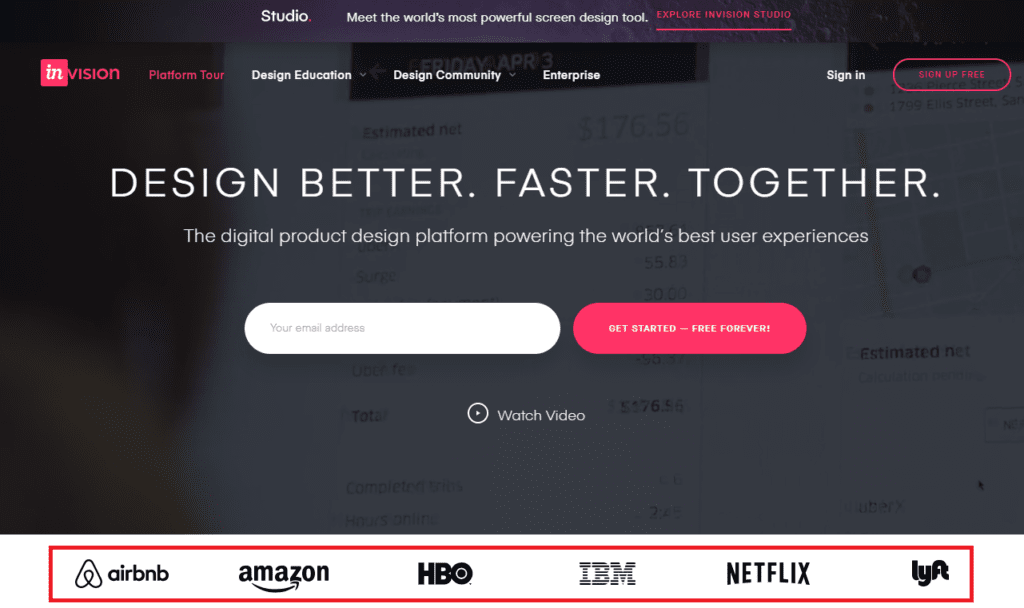
You can even go one step further with this and include customer testimonials on your site. So when customers find you, they have a reference point based on how others view you.
Here at AdEspresso we show who uses our products (above) and we share customer testimonials (below):
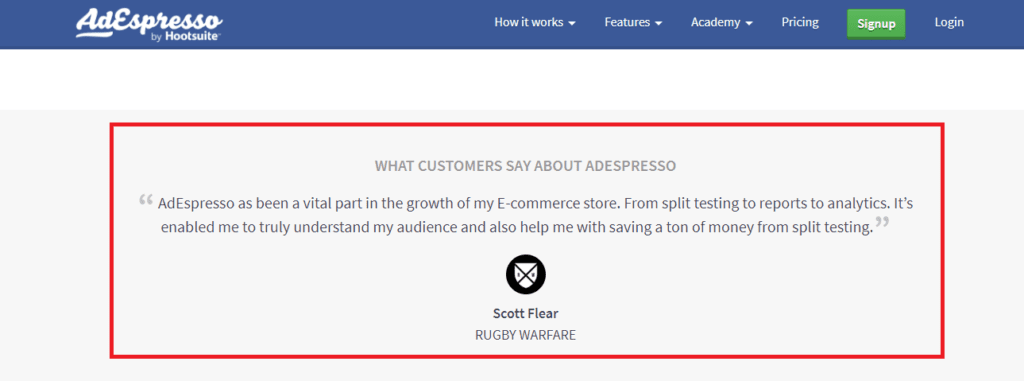
5. Show the numbers
To really convince people that you’re the right brand for them, take the number of users, sales, reviews, and more, that you’ve collected and put them front and center. Slack shares this type of information on their website:

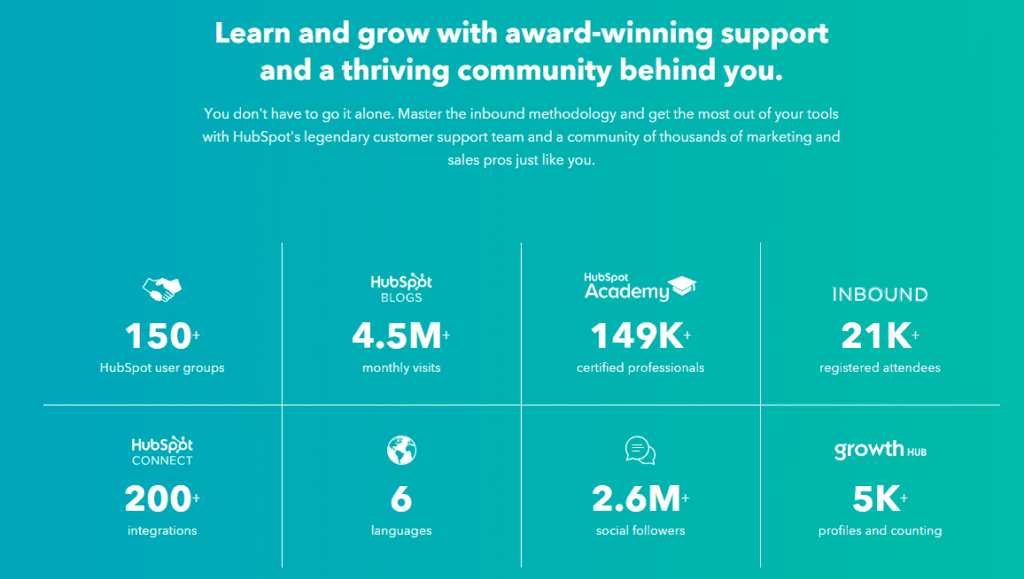

The graph in this ad shows SumoMe’s steady growth, which implies the success of customers using the tool.
Five Ways To Ask For Social Proof (and Get It)
A question you’re probably asking yourself is: “How do I get social proof data that I can use in campaigns or on my website?”
The good news is that unless you’re starting out, you most likely already have access to a lot of the information you need.
For example, you have data like sales stats and follower counts to use in your campaigns.
To get other types of data, like product recommendations, you need a more tactical approach. For example, use technology to enable social sharing or to encourage content forwarding.
Here are more examples to get you started:
1. Send requests for reviews after customer purchases
Automatically send a request via email after customers buy something from your website. This can be part of the purchase confirmation email or sent separately.
To motivate people to write a review, add a coupon code that customers can use on their next purchase.
2. Email customers asking for a testimonial
Create email marketing campaigns that use email automation software like MailChimp or ActiveCampaign to manage the entire process. Simply set up a workflow that nurtures new customers and sends every buying customer an email asking for a review.
3. Use LinkedIn recommendations to build authority
Send B2B clients a LinkedIn recommendation request, then ask for permission to use the recommendation in other places — like your website.
Asking for a recommendation on LinkedIn carries weight because the recipients can quickly see who you are vs. them getting an email without much background about you.
4. Optimize your website to simplify review submission
Instead of asking customers to submit a review via email, include a link in their confirmation email that redirects them to a page on your website.
This way they can quickly and easily submit a review.
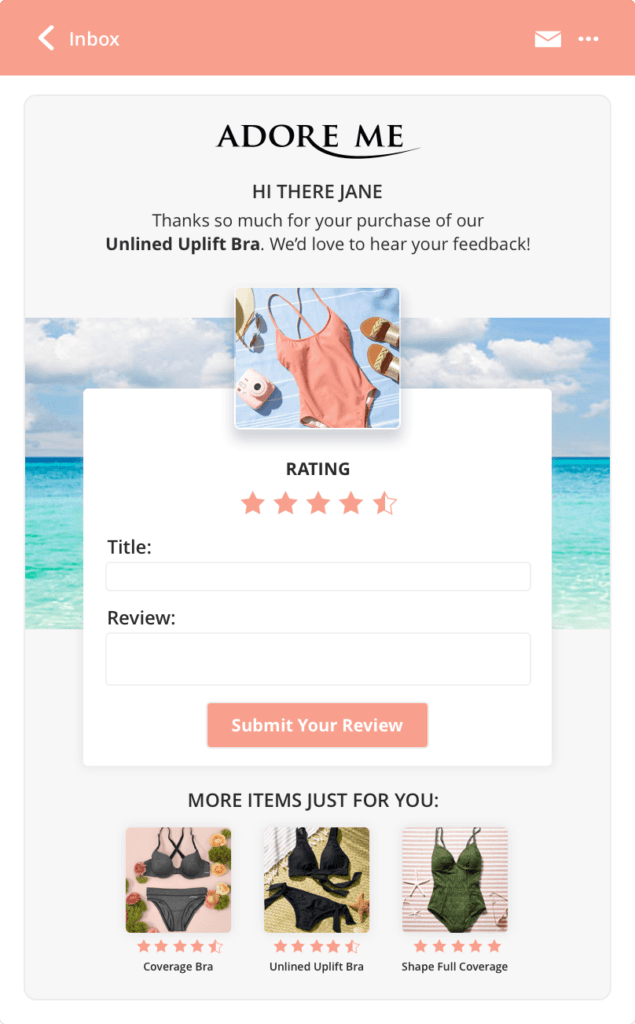
5. Create case studies based on customer experiences
Use case studies as a way to highlight the experiences of particular customers.
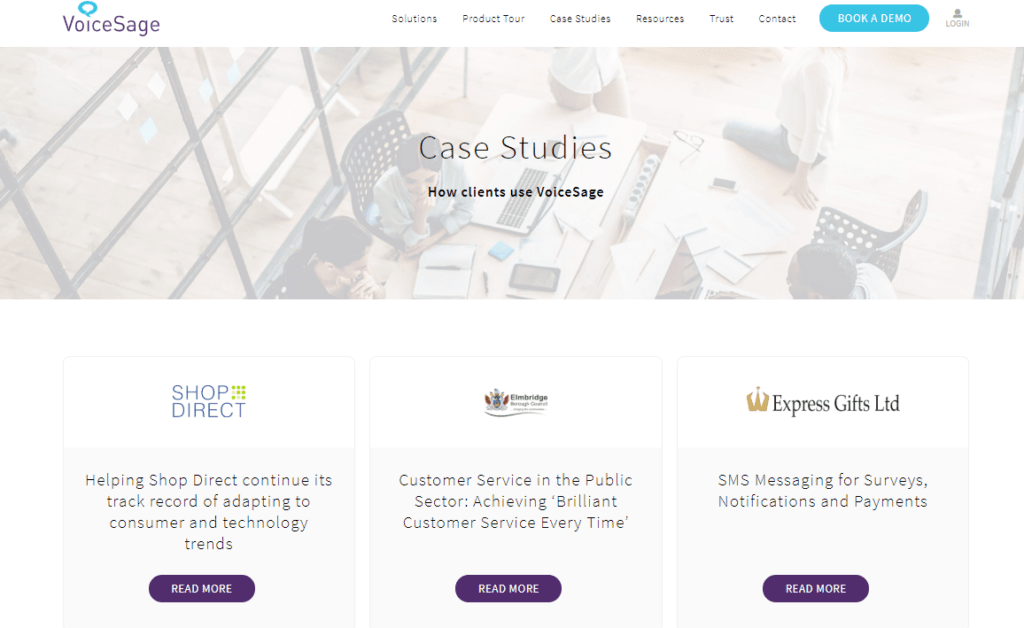
Case studies, like the one VoiceSage created above, highlight a problem their customers faced, the solution offered, and the results — with lots of details included.
At the bottom of the page, there’s a call to action to encourage new customers to get started. Use this as an opportunity to find out more about your customers’ experiences so that you can create new case studies to share.
To write a powerful case study, zero in on the most relevant information that your customers share. For example, highlight how your customers’ experiences improved.
Some questions to ask when interviewing for a case study include:
- What goals did you hope your product or service would help you achieve?
- What was the direct problem you were trying to solve?
- What other solutions did you consider?
- What outcomes have you seen as a result of the solution? For example, was there an increase in traffic or signups or was their more brand awareness and an increase in brand recognition?
- Can you share some statistics that give insights into the results?
Based on this information you should be able to write a case study that focuses on the customer and their story, and helps you build social proof.
Where To Display Social Proof to Get Noticed
Not all social proof is created equally. The types of social proof types that work in one situation might not work in another. But as a general rule of thumb, use social proof within multiple customer touch points to target as many people as possible.
To decide which touch points to focus on, there are three factors to consider:
-
The type of social proof you’re going to use
-
The content you’ll include
-
Where you’re going to place the content
We’ll explore the different types of social proof and content shortly but first, let’s look at places to use social proof:
- Landing pages – create sections that highlight customer testimonials and reviews
- Emails – share customer success stories as part of marketing campaigns
- Email signatures – add a link to case studies available on your website
- Web pages – create pages that are dedicated to social proof, like behind the scenes with customers using your product
- Social media – share user-generated content or ask customers to post reviews on your company pages
- Blog posts – include the number of social shares with each published blog post
- Ads – include success stats like the number of customers served or comments from happy customers
- Promotional and sales materials – add customer testimonials and relevant stats
- Search listings – claim your business in Google My Business so that reviews appear in Google search
- Webinars – when selling a program, service, or product, include testimonials from past customers
- In-app leaderboards and dashboards – gamify your app and show how other users stack up against each other
Now let’s look at how some of these placements work and the types of content to use.
How To Use Social Proof in Your Email Marketing
Using social proof in emails is tricky. Oftentimes emails go unopened, and if they are opened, there’s no guarantee readers will take action.
To make sure your email list sees and responds to social proof within your email campaign, here are some tactics to try:
1. Include ratings
TripAdvisor includes hotel ratings in their email campaigns to make it easy for travelers to compare hotels before booking:
2. Highlight your content
When sending any new content to your list, include its current sharing stats to show how well it performs. GrowthHackers includes the number of upvotes and comments articles receive when they send emails to subscribers:
3. Boast about media mentions
Oribe shares where their products have been mentioned on popular media sites:
Social Proof on Twitter and Instagram
Now let’s take a look at how brands feature social proof in their Twitter and Instagram ads.
The examples we use come from two of our eBooks:
Given the character limits of social media, brands have to use the space wisely. Here’s how to do it:
1. Use Numbers
Use data to validate the points you’re making as a way to convince people of the value you offer:
2. Write short testimonials
Social Proof Marketing Examples
Now that you understand why social proof is so important, and you have strategies to create campaigns to encourage your audience to take action, let’s look at the different types of social proof and examples of how they work.
1. Expert social proof
This type of social proof relies on a credible source — like a celebrity, an influencer or a recognizable person your audience identifies with — who will endorse your product or service.
Here are examples of expert social proof in action:
Type #1: Testimonials from Industry Influencers
Copyblogger’s home page features testimonials from people their audience considers influencers — industry experts whose opinion people trust — and most likely look up to:
 Type #2: Celebrity endorsements
Type #2: Celebrity endorsements
With a big enough budget, you can run major campaigns like Capital One does with actress Jennifer Garner:
Or Wix with comedian Jay Pharoah:
Or you can get celebrities to tweet or promote your product to their followers:
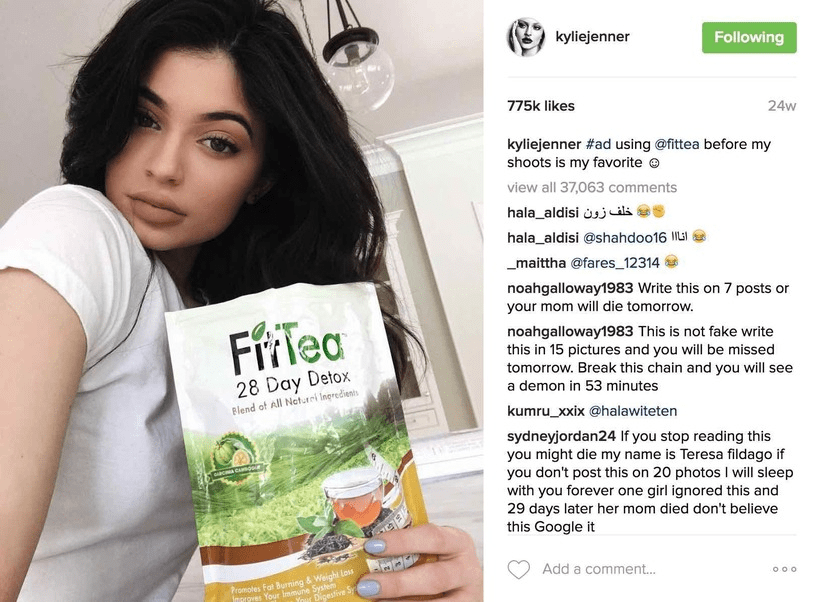
Keep in mind that celebrity endorsements, like the one above with Kylie Jenner, can cost thousands of dollars.
Endorsements from celebrities like the Kardashian family can cost anywhere from $150,000 to $500,000 for a single post. Make sure the ROI is worth it before you go down this route.
Celebrity endorsements can get you a lot of traffic but if not done well, they can backfire. In 2017, Pepsi featured Kendall Jenner in one of their ads. Unfortunately, the ad received a considerable amount of backlash when it was deemed culturally insensitive.
Where to use expert social proof:
Expert social proof works best when it’s used to promote a brand or product to large numbers of potential buyers.
Online ads
Partner with celebrities who endorse your product and actually use it. Use celebrities with a strong connection to your niche. For example, Richard Branson is a well-known investor and philanthropist, so partnering with a money transfer service implies that customers who use the service are making a financially sound decision, like Richard Branson would.
Social media
Hiring celebrities to tweet about a product depends on how much you’re willing to pay for the added exposure. Basketball player LeBron James reportedly charges $139,000 per tweet and Kevin Durant, over $66,000.
2. User social proof
Reviews, testimonials, and case studies are proven ways to build trust with people. Why? Studies show that people research the opinions of others when they’ve learned everything they can about a product on their own and need to justify their purchase.
Over 75% of customers read reviews, testimonials, and case studies and 88% of people trust reviews as much as personal recommendations.
Here are some examples of how companies use user social proof in their marketing campaigns.
Type #1: Reviews
Online reviews play a crucial role in today’s buying process. In the past, the purchasing process was simple and looked something like this:

Online reviews play a big part in helping customers decide what to buy, and there’s research to back up this shift: New York University and TrustYou did a study that found that 95% of people read reviews before they book their vacation.
A recent study by GetApp shows that the review section built the most trust:
Where to use reviews:
Include reviews in ads to increase their impact on users:
Reviews can also appear in Google search results, which boosts the likelihood of a visitor clicking through to your website and buying something:
Put them on your website:
Type #2: Testimonials
Testimonials help build trust and overcome a prospect’s skepticism about your product.
They can also position you as a “safe choice” because they prove that you’ve already helped someone else.
Add a dedicated testimonials section on your homepage, as FreshBooks does in the example below, to quickly show people what customers think about your product:
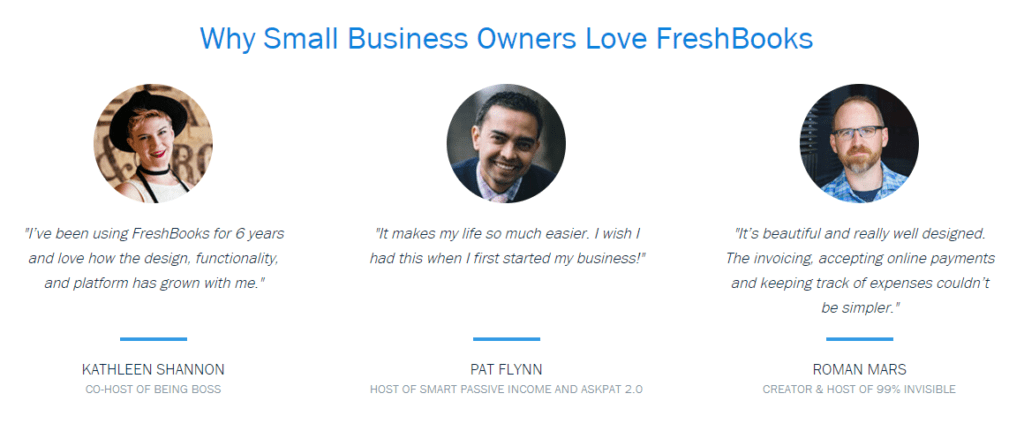
- Create a focal point on the homepage that customers’ eyes are drawn to. If they can quickly see the benefits of the product, the chances are better of them buying something
- Use testimonials to overcome the audience’s common sales objective. For example, Roman Mars points out how simple it is to keep track of expenses.
Another approach is to merge your testimonials in with the rest of the copy to support your key features — like in this example from HookFeed:
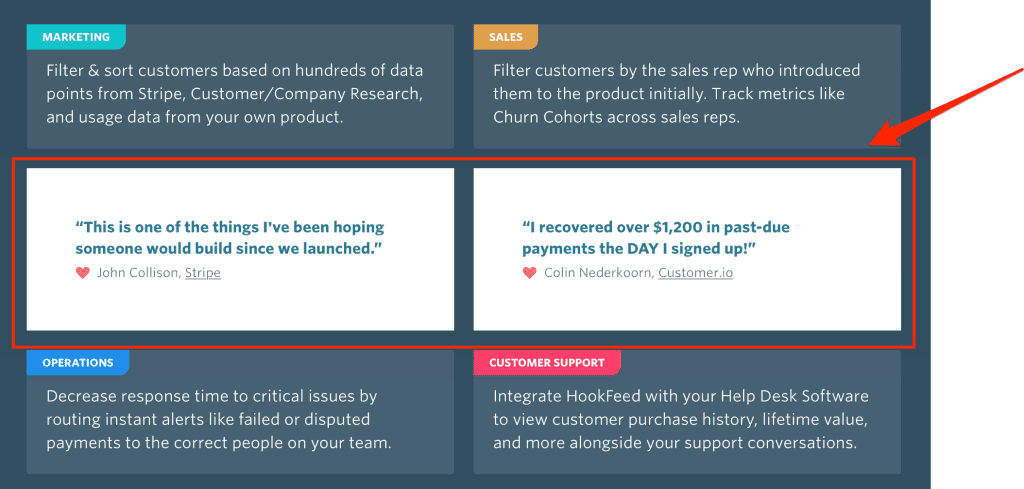
Where to use testimonials:
You should use testimonials on your website:
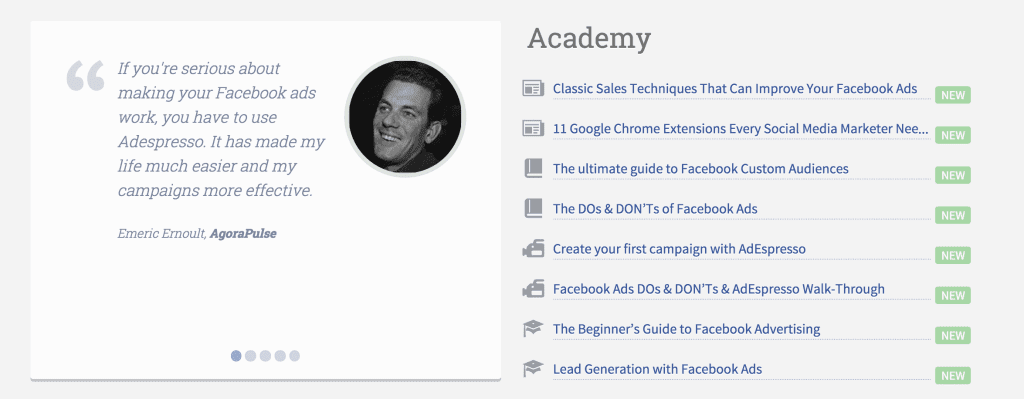
Type #3: Case studies
Testimonials offer a snapshot of customers’ experiences with your product or service.
Case studies, on the other hand, provide a deeper look into a customer’s story: from the problem they experienced and the reason they sought out your solution, to how you’ve helped them solve it.
Case studies are a great way to convince people who are close to the end of the buying cycle, offering prospects the specific information and data they need to make a decision.
Your case studies don’t have to be long pages of text, either. To appeal to your audience, think outside the box.
For example, Help Scout offers video case studies from clients right on the homepage:
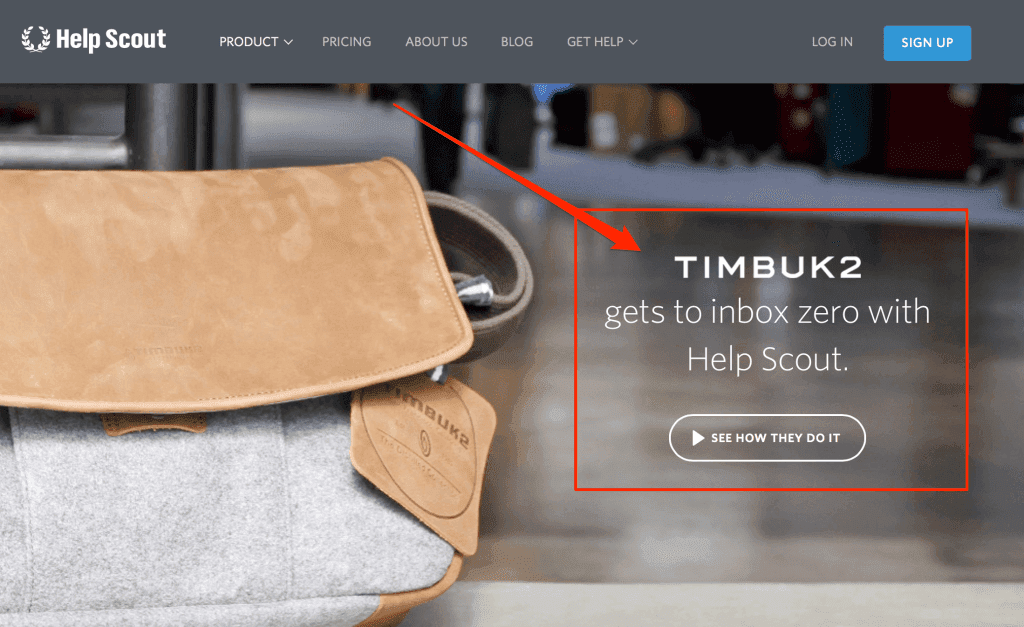
Where to use case studies:
Place case studies on your website and ask prospects to download them:
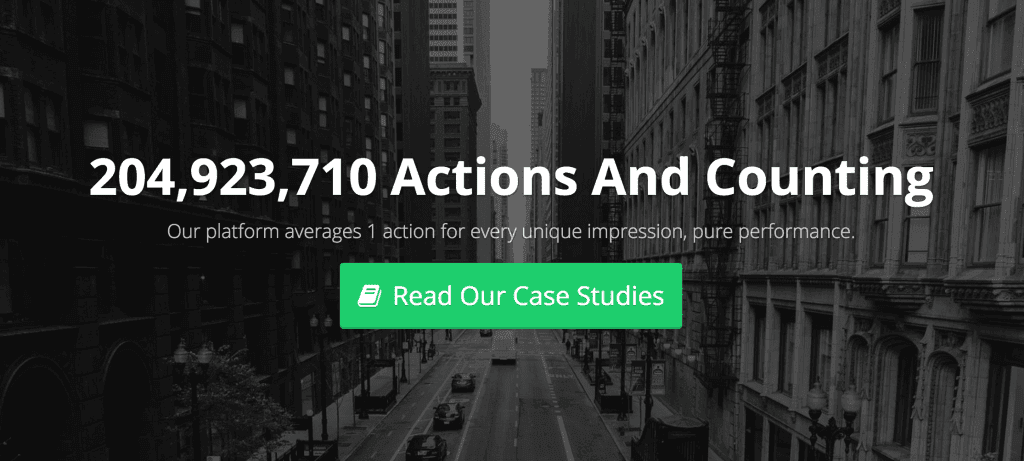
Promote your case studies in online ads:
3. “Wisdom of crowds” social proof
When prospective customers see other people benefiting from using a product, they want to experience the same thing. Companies use this phenomenon — known as the Fear of Missing Out or FOMO — to entice more people to buy from them.
Amazon, and many other retail stores, show a “Customers Who Bought This Item Also Bought” list:


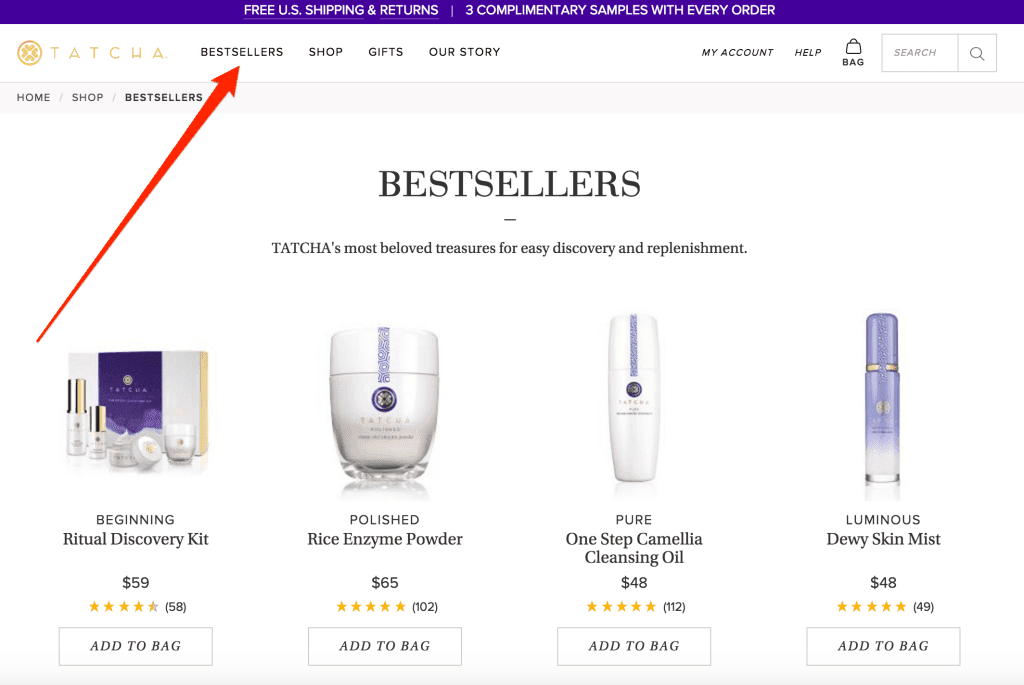
 Where to use “wisdom of crowds” Social Proof:
Where to use “wisdom of crowds” Social Proof:
On email sign-up forms:
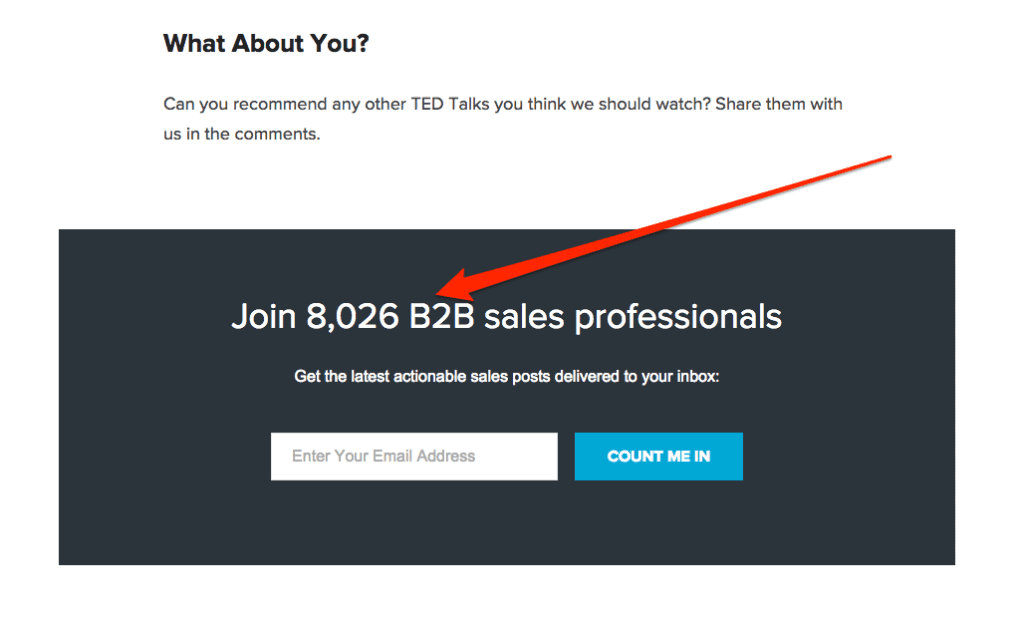
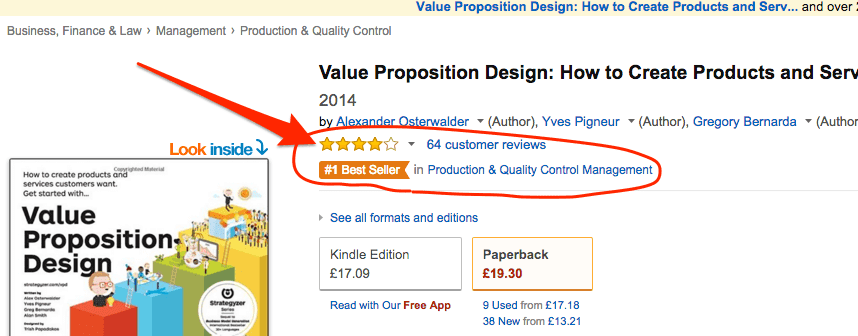
4. “Wisdom of friends” Social Proof
The majority of people trust recommendations from the people they know.
For example, according to Nielsen, 92% of people say they completely trust recommendations from friends and relatives.
A joint research project by Ogilvy, Google, and TNS revealed that word-of-mouth drives the most influence — for 74% of customers.
And a study by BabyCenter discovered that moms rely on the wisdom of friends 67% more than on any other channel.
And so, enticing people to recommend your products is another way to highlight their value.
However, this social proof works differently from the other types on this list. Instead of showing proof on your site, you need to use strategies that will encourage customers to share what you offer with other people.
How this works:
Encourage your customers to share the experience of their purchase on social media. Make it easy for them by adding social sharing buttons to the purchase confirmation page or the confirmation email.
Offer discounts to customers who post and share about their experience on social media and tag you. You can also offer incentives to customers who forward your promotions to their friends and family.
Where to use “wisdom of friends” Social Proof:
After buying something, include an option for customers to share their recent purchase with friends on social media:

Now It’s Your Turn
Now you’re ready to start creating campaigns that help build trust and credibility.
Experiment by placing social proof in different places — like emails, social media, and your website — to remind customers that not only are you the best option for them but that other customers agree.
The more you can remind customers of this, in the places where they spend the most time, the better the chances of growing your business.
Since people refer to the actions of people around them, social proof helps people make buying decisions quicker. All that’s left for you is to go and get started.
Best of luck!
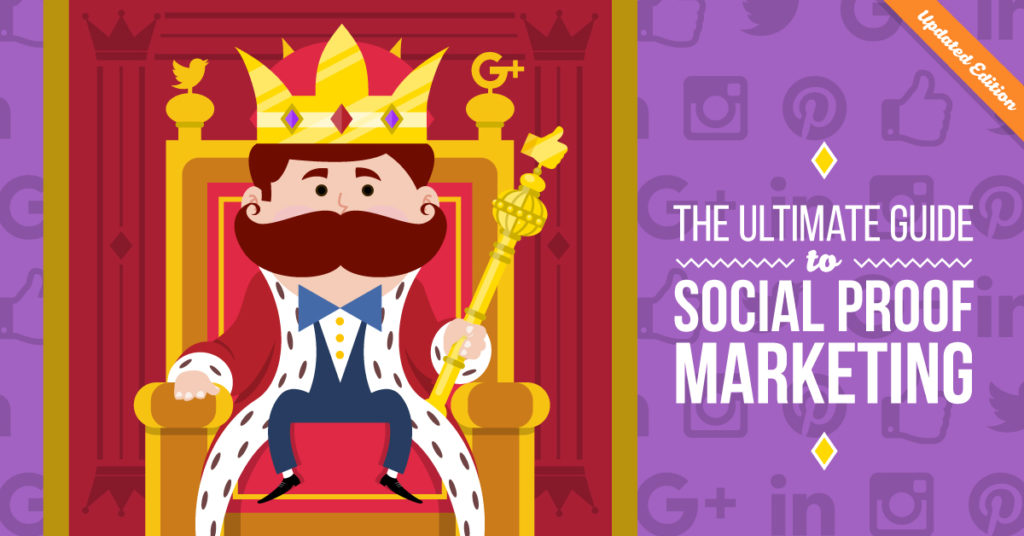


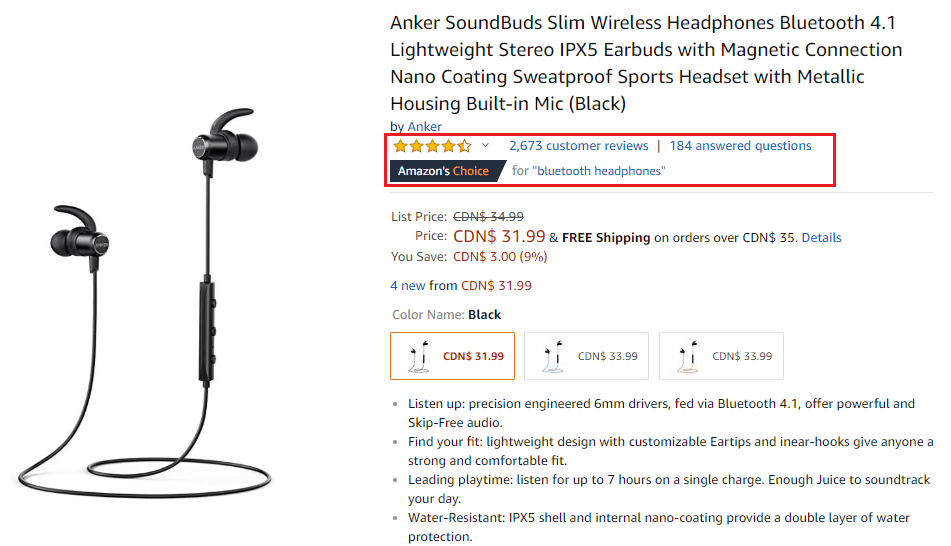
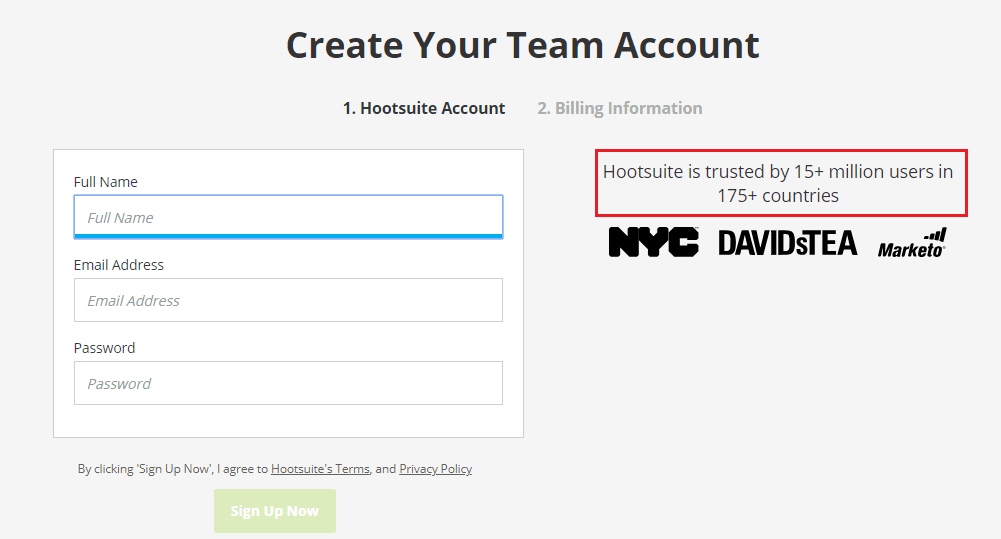

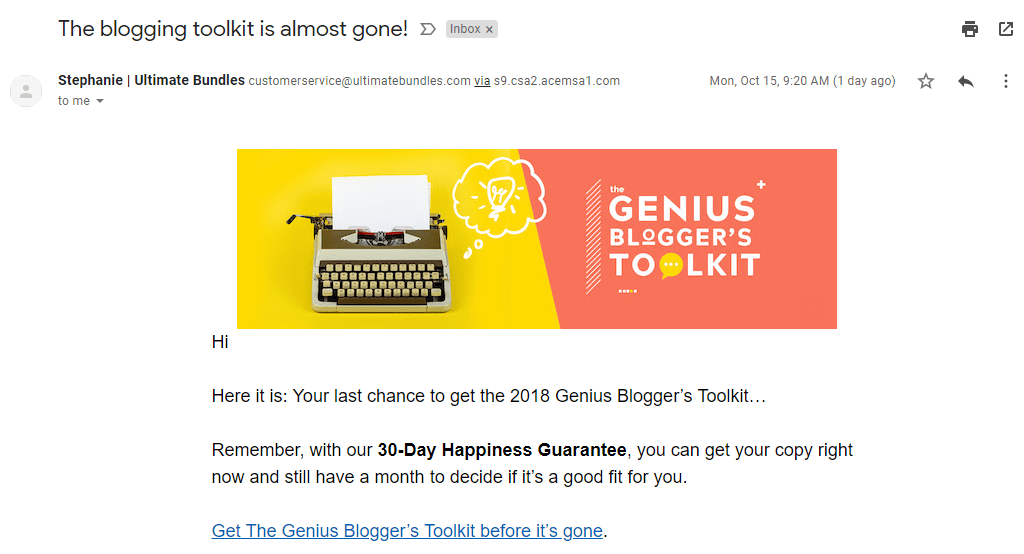

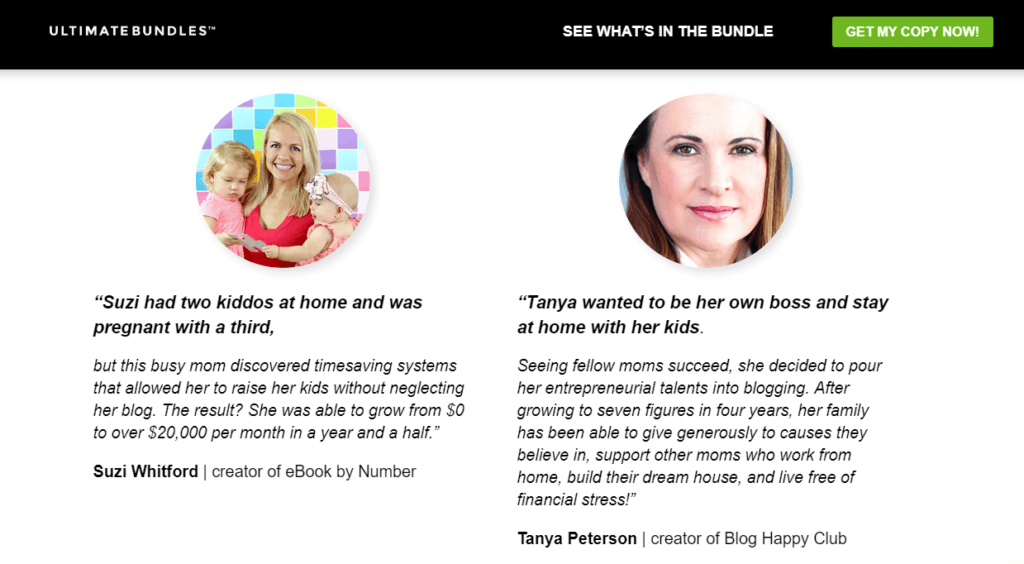
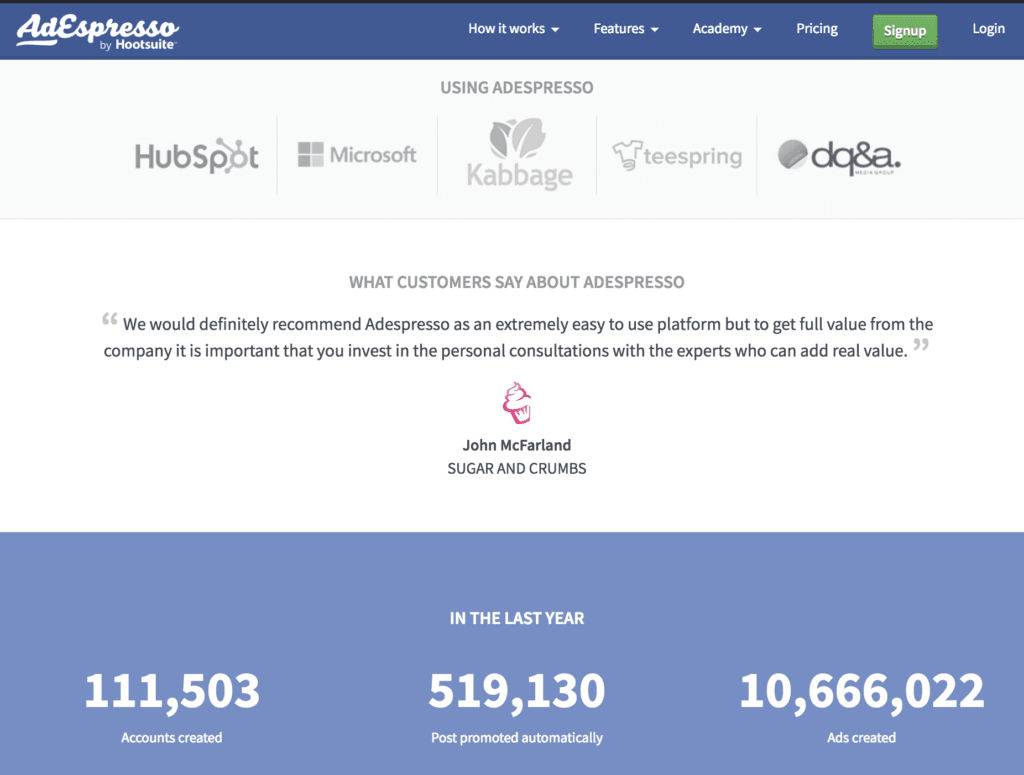

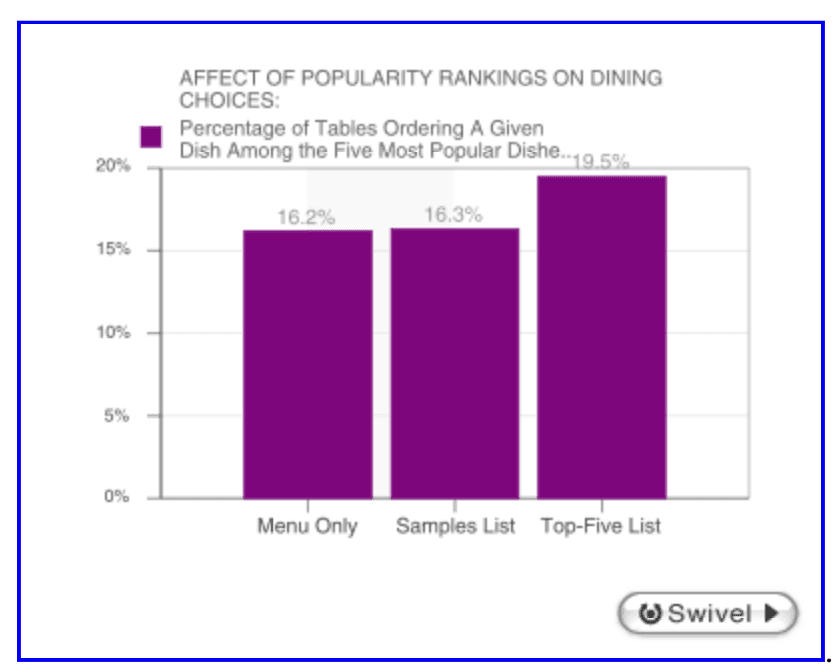
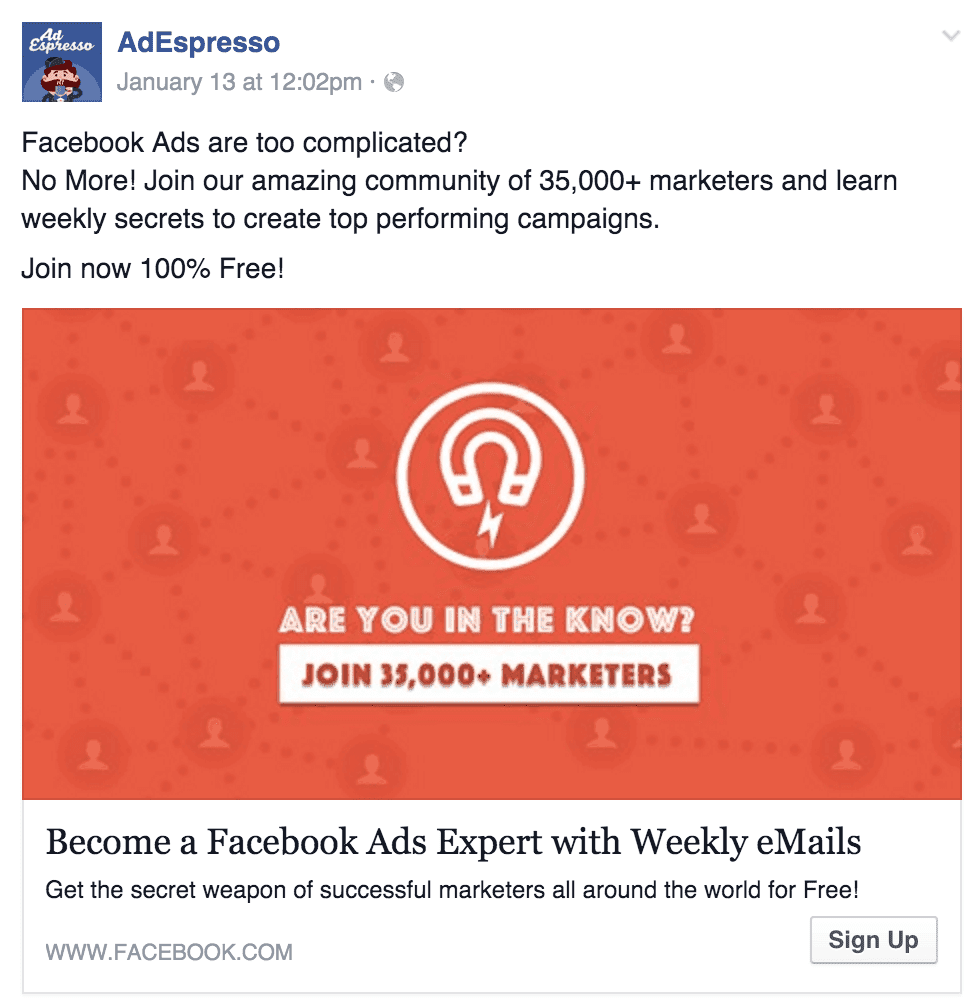







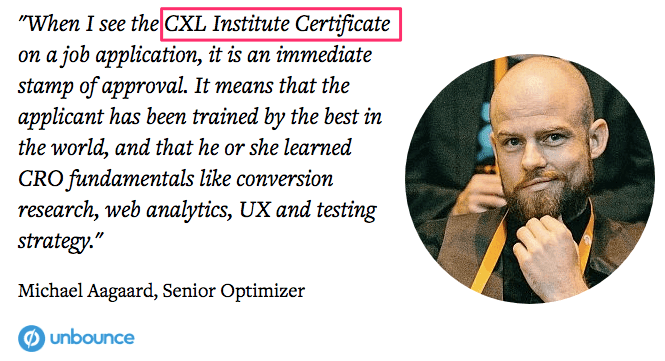
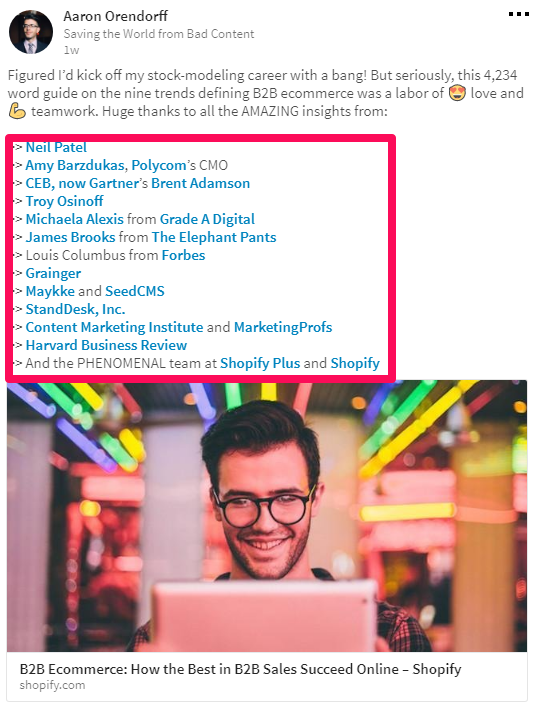
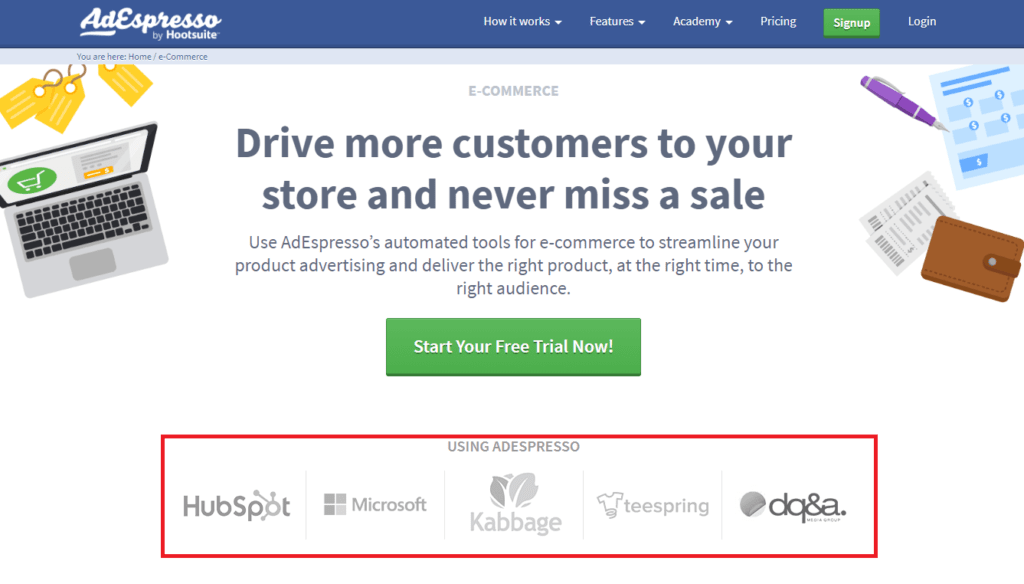
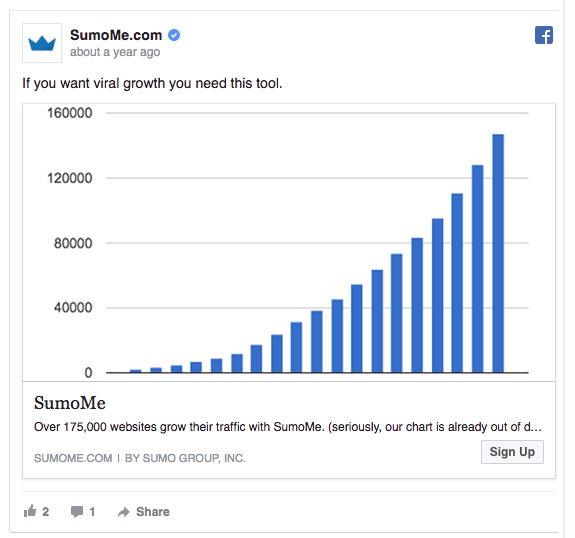
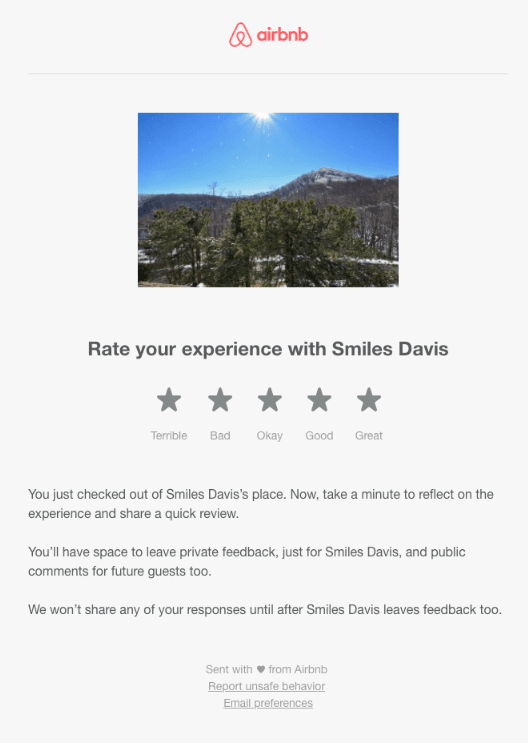
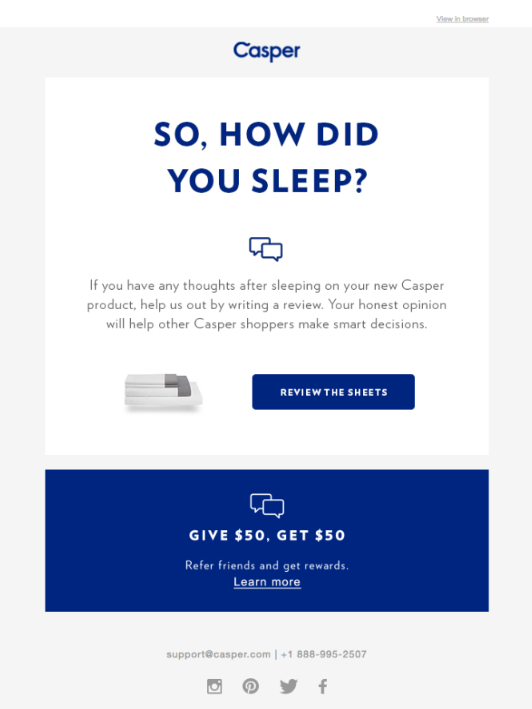
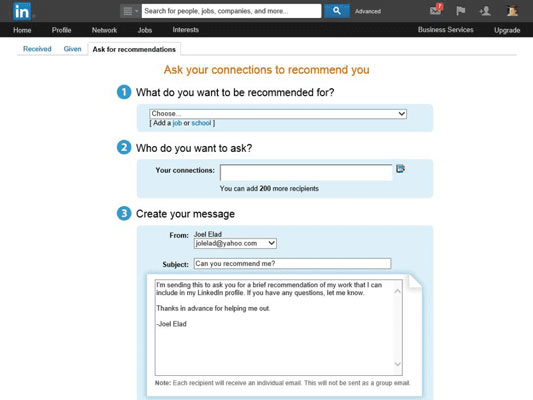

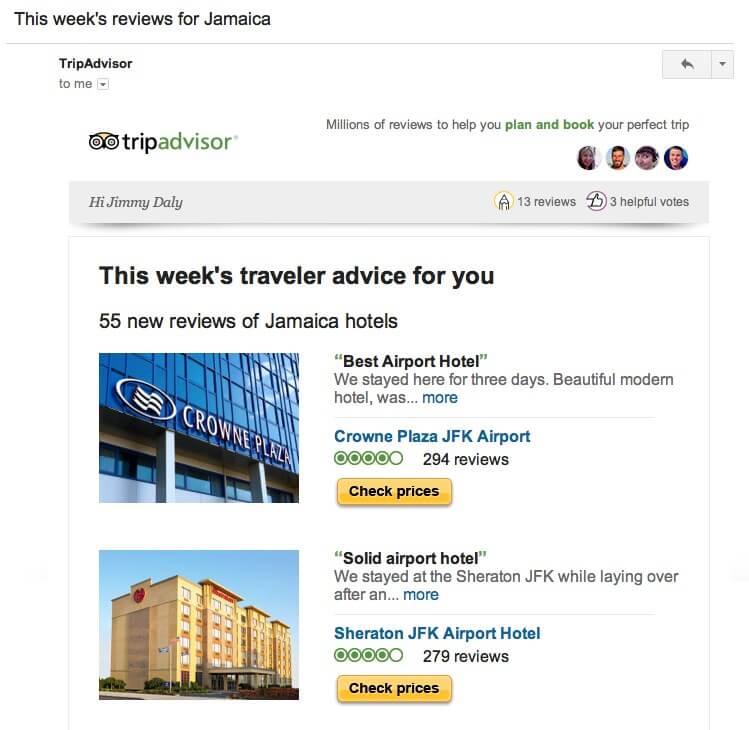
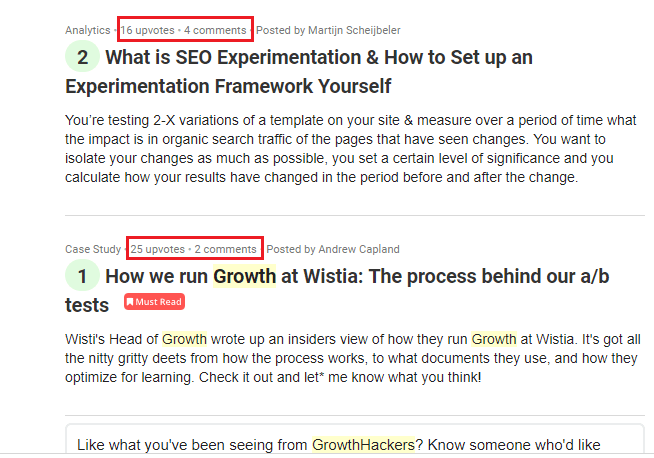

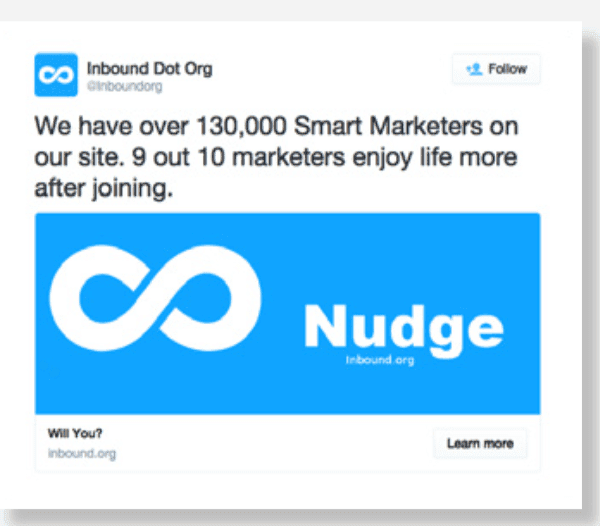
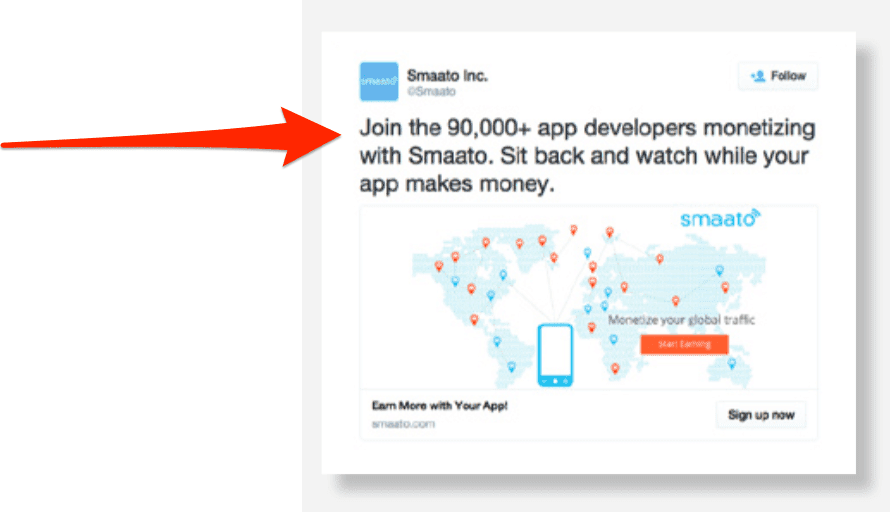


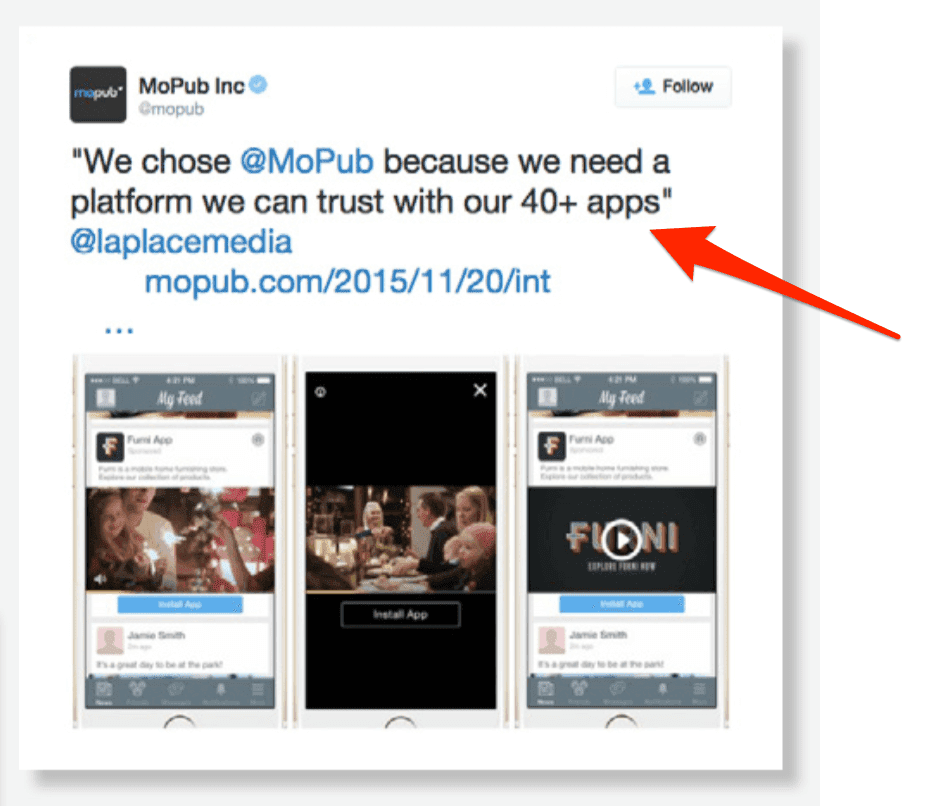
 Type #2: Celebrity endorsements
Type #2: Celebrity endorsements

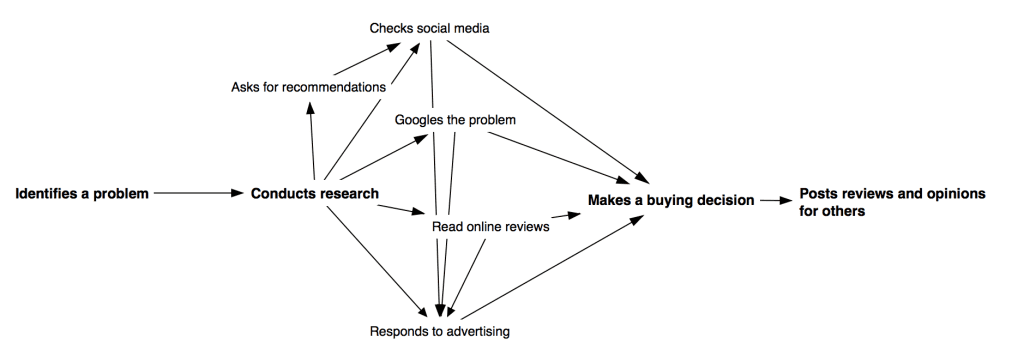
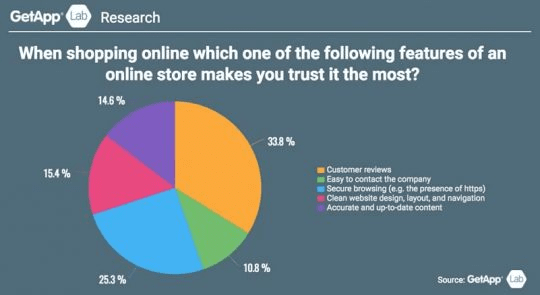

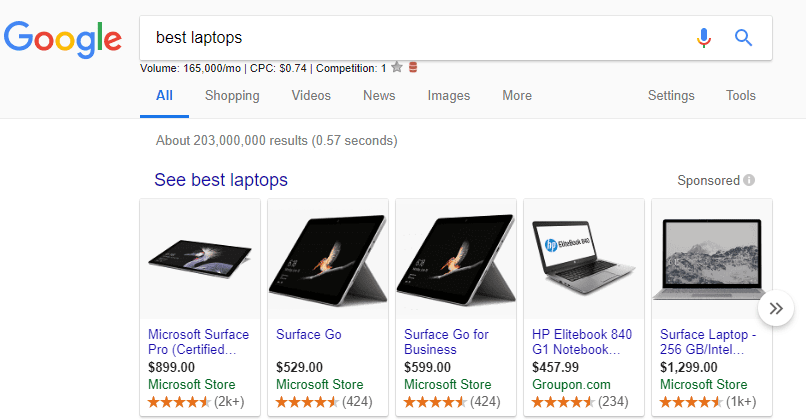



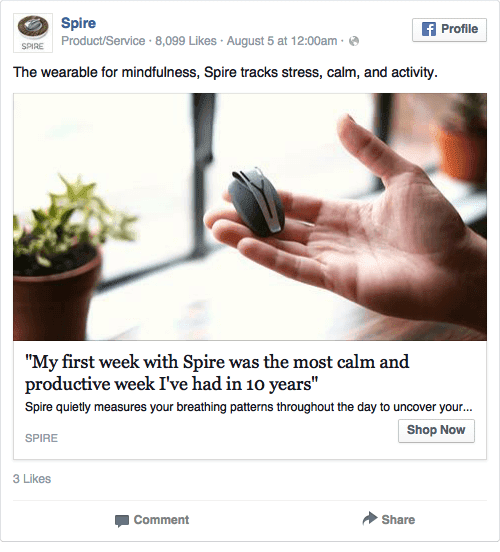
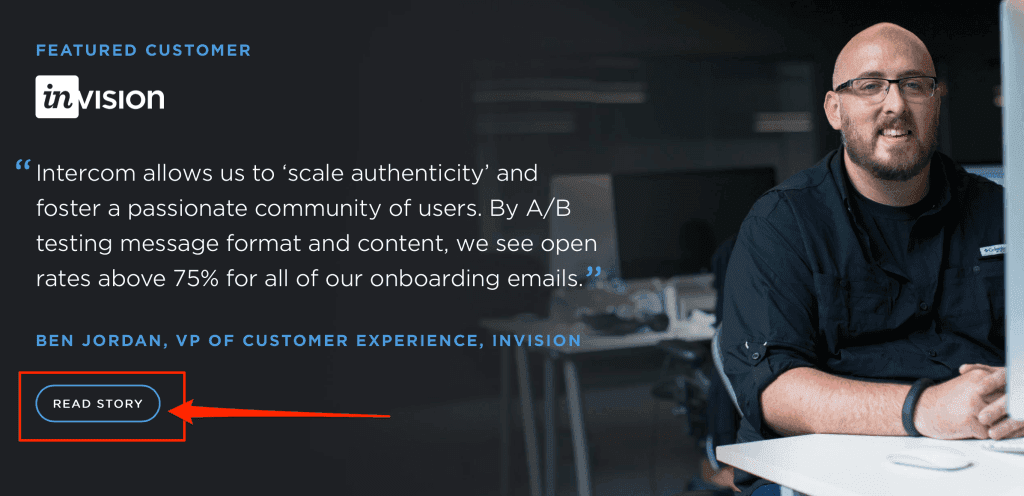

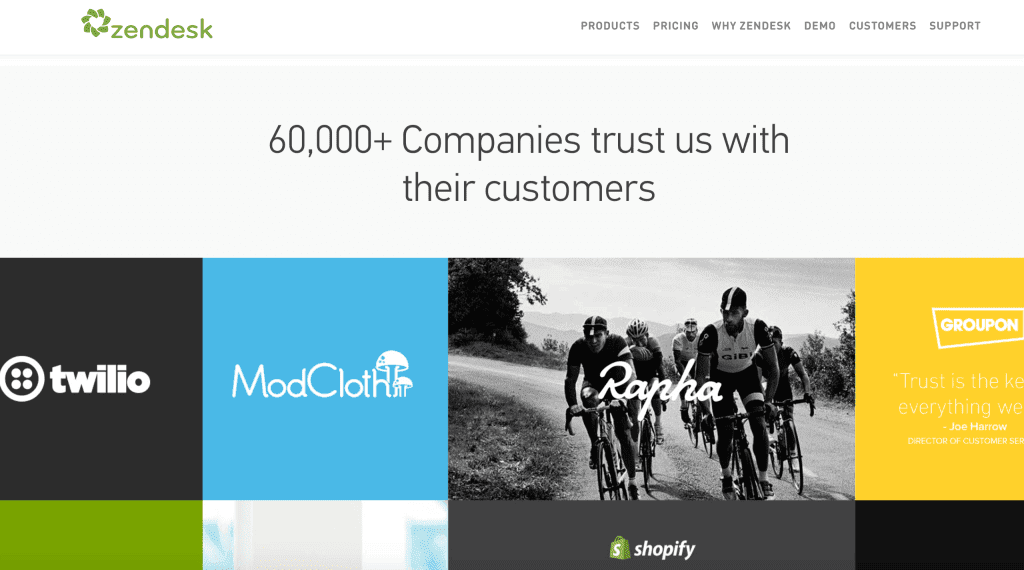 Where to use “wisdom of crowds” Social Proof:
Where to use “wisdom of crowds” Social Proof: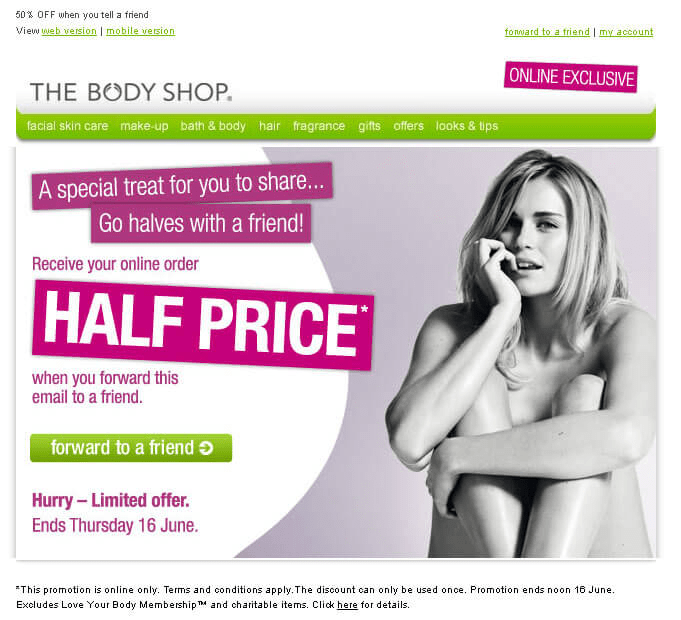

Thank You for few valuable links & insights. Especially part where you did show how valuable for the beginners despite what people says are certificates even the free ones.
Great article on a much-needed topic, however, I think the section that mentions Google Partners can be further elaborated on. From this article alone, it makes it sound like anyone can just get a Google Partner badge by watching some lessons, passing a free course, and that’s it. There are actually a number of other requirements, including a decent 90-day spend, and specific performance metrics. So while I totally agree that becoming a Google Partner is a great way to build social proof, it is by no means easy to obtain.
Another excellent article from the folks at AdEspresso – useful, extensive, well illustrated and current!
But, a small editorial correction. “The Times” is typically (in the USA) used to refer to the The New York Times not Time magazine. (Though Time mag too is great press and an inspiring example nonetheless).
edited 🙂
nice info, very helpful
Excellent post.
After looking at the experiments, I guessed that the copy with exact numbers would be the winner in all tests and then I looked at the results.
My guess was correct. Exact numbers look more genuine and reliable and therefore, give better results.
Thanks for this excellent post.
I would like to say thank you for what you have done. I’m a beginner in marketing world and now I feel much more confident in social marketing
nice post
Thanks a lot
This is one of the best articles on social proof I’ve ever read
I liked you included several studies to endorse your arguments
Greetings from Caracas, Venezuela
This guide is very complete both for those starting in the world of marketing and for those who already have experience in the area, giving very detailed and accurate tips on what is social proof marketing and how to apply it correctly depending on our area of work and those who are targeted our campaigns. Excellent article.
Highy energetic, amazing and informative article I have ever read. I am writer working from website which is name british boy names who offers both boy and girl baby names.